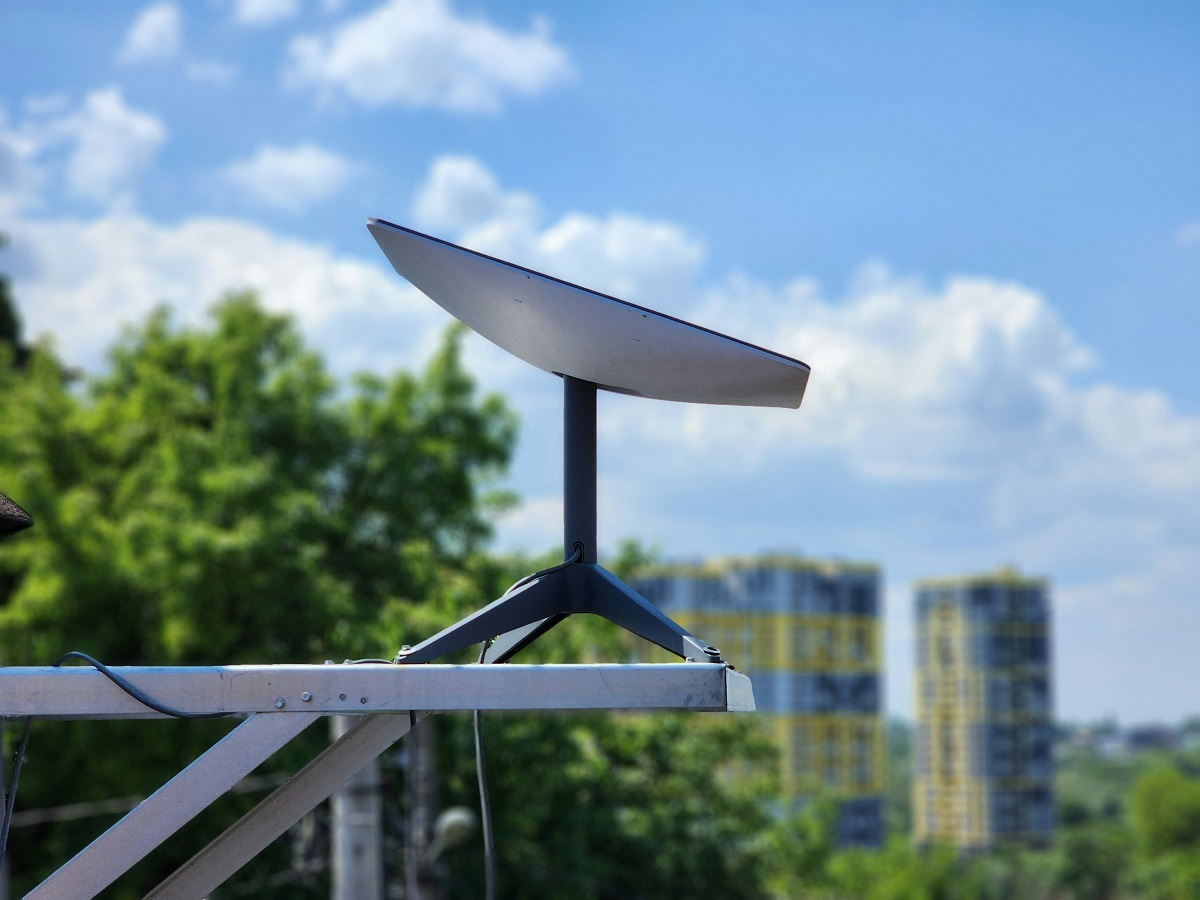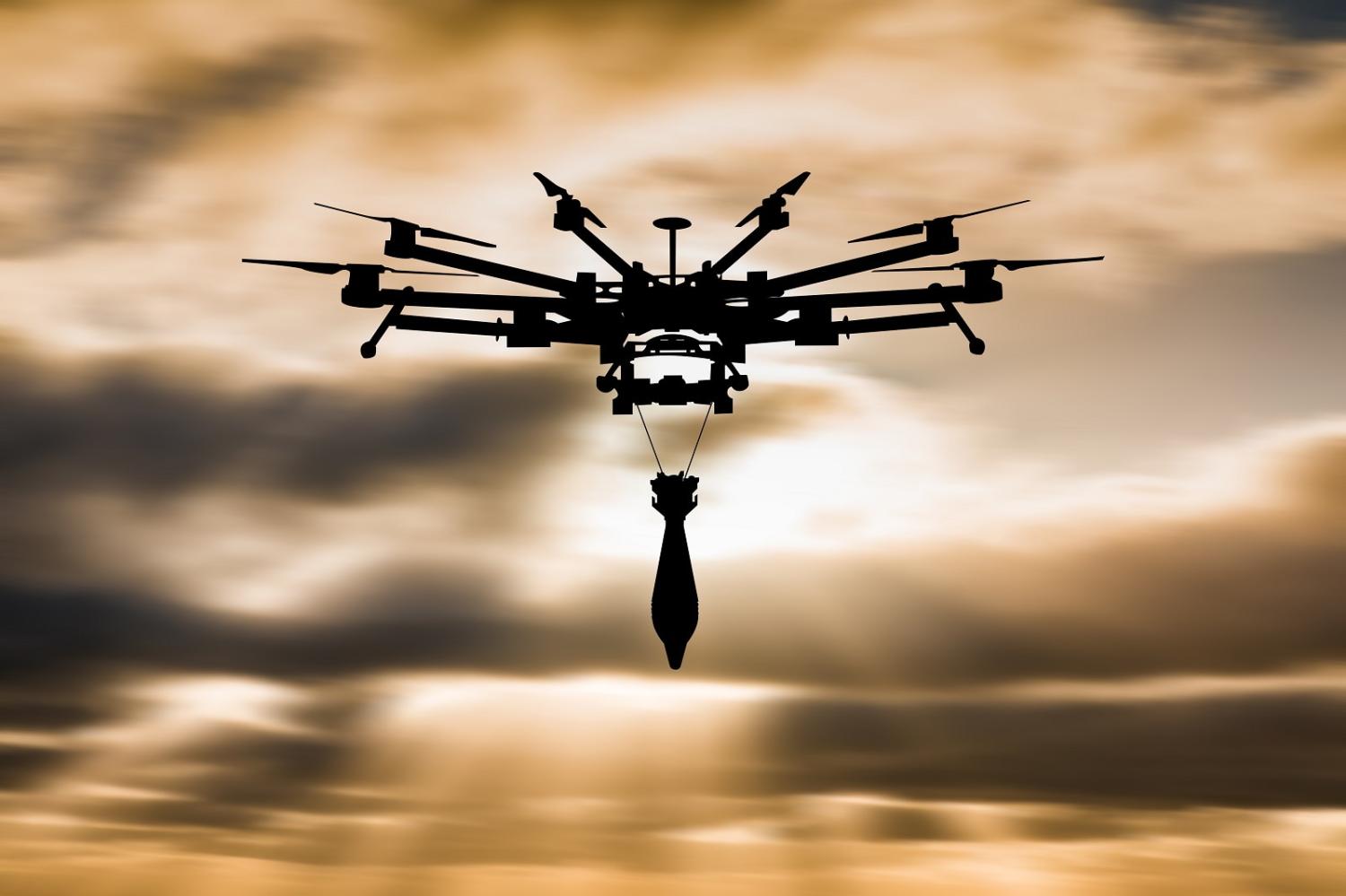The sunny days of free-riding are receding. In some form or another, most countries have leeched off American power for the last three decades. The preponderance of US military heft – that undergirded the world order – produced hyper-globalisation. From ensuring open sea lanes and freedom of navigation to protecting undersea fibre optic cables and conducting anti-piracy operations, Washington’s undisputed naval strength helped create our interconnected world.
That is why the current instability in the Red Sea and the Gulf of Aden points towards a new reality. That a “non-state” actor can recklessly jeopardise a vital artery of global commerce is startling. It paints a bleak picture of deterrence in a key sub-region adjacent to the Indo-Pacific. The fact that Australia is participating in Operation Prosperity Guardian – thousands of kilometres away from its shores – shows that maritime security has vast connotations. Lest we forget, instability spills fast.
The penetrative Janan Ganesh points to the explosion in “non-state” actors as a reemerging current in the global playground. Look at the Wagner group. Leaving aside Africa, these Russia-aided mercenaries operate in landscapes as far afield as Latin America, repeatedly undertaking clandestine operations and employing irregular warfare.
These types of groups are enigmatic, with their activities wrapped in the fluff of deniability. From Libya to Central Africa, groups like Wagner have proliferated. Security vacuums attract non-state actors like vultures to putrid meat.
The current strife in the Middle East also reminds us of the influence that rickety states such as Iran exert in fragmented regions. Beginning from its devastating war with Iraq in the 1980s, Tehran has cultivated a range of proxies – from the Houthis in Yemen, Hezbollah in Lebanon, Hamas and Shia factions in Iraq – that help prop up its influence in the region. Experts also remind us not to exaggerate Iran’s influence; after all, its weakness is impelling it to push threats away from its borders. Tehran’s proxies have, therefore, allowed it to adopt a hands-off approach.

It is not often that non-state actors have contributed so dramatically to alter the regional balance of power. To be sure, terror outfits such as Al-Qaeda and Islamic State have acted as a menace before. However, leaving aside their convoluted origins, these groupings acted as broadly autonomous bodies. Therefore, it was in the international community’s interest to jointly act against them.
In the present context, the diffusion of power to state-sponsored groups challenges the established assumptions of traditional warfare. In such new situations, it is difficult to discern the comprehensive weight of rival camps. Extrapolating the capabilities of various states to make strategic calculations becomes treacherous. That makes working towards equilibrium and stability in the Middle East a Sisyphean task.
The asymmetric advantages of non-state actors also prosper in other realms. Private technology firms are a case in point. Elon Musk’s Starlink constellation of low-Earth orbit satellites has ensured that Ukrainian soldiers receive reliable connectivity and intelligence feeds to sharpen their precision warfare.
And Canadian geo-intelligence firm MDA is providing Kyiv with satellite imagery of Russian troop movements in Ukrainian territory. Acting with such information conserves scant inventories and reduces collateral damage. The essence of such targeted warfare is to sow dysfunction on the other side by paralysing key actors and nodes of critical infrastructure.
Technology-driven enterprises such as Palantir have accelerated “data-driven combat” to new levels. These companies use advanced AI models, run on data from commercial satellites and social media, to aid Ukraine in neutralising hard-to-locate targets. Ukraine’s early success in targeting Russian tanks and artillery was possible courtesy of Palantir.
Primer AI, a Ukrainian company, has also redesigned its AI-assisted voice transcription, translation and analysis service to intercept unencrypted Russian radio communications. Given the expanding role of artificial intelligence in conflict, some have even likened the war in Ukraine to a “living laboratory of AI warfare”.
Ukraine has tweaked its training apparatus by including virtual reality systems to train soldiers in battle tactics and techniques. Such measures accelerate its military training modules significantly. Another area where Ukrainian firms have done well is drones. Skylab, a drone startup, boasts its crucial role in combating Russian tanks. And Australian company Sypaq Systems supplies Ukraine with numerous cost-effective cardboard drones.
Digital leviathans such as Meta and Google have also picked clear sides in the current contest. To say that the ongoing conflict is between different countries would be an understatement. What we see before us is a battle between different ecosystems.
Put simply, both the European and Middle Eastern theatres throbbing with conflict reflect the growing diffusion of power from traditional to non-traditional players. Crafting a coherent balance of power strategy in this scenario calls for fresh thinking.

